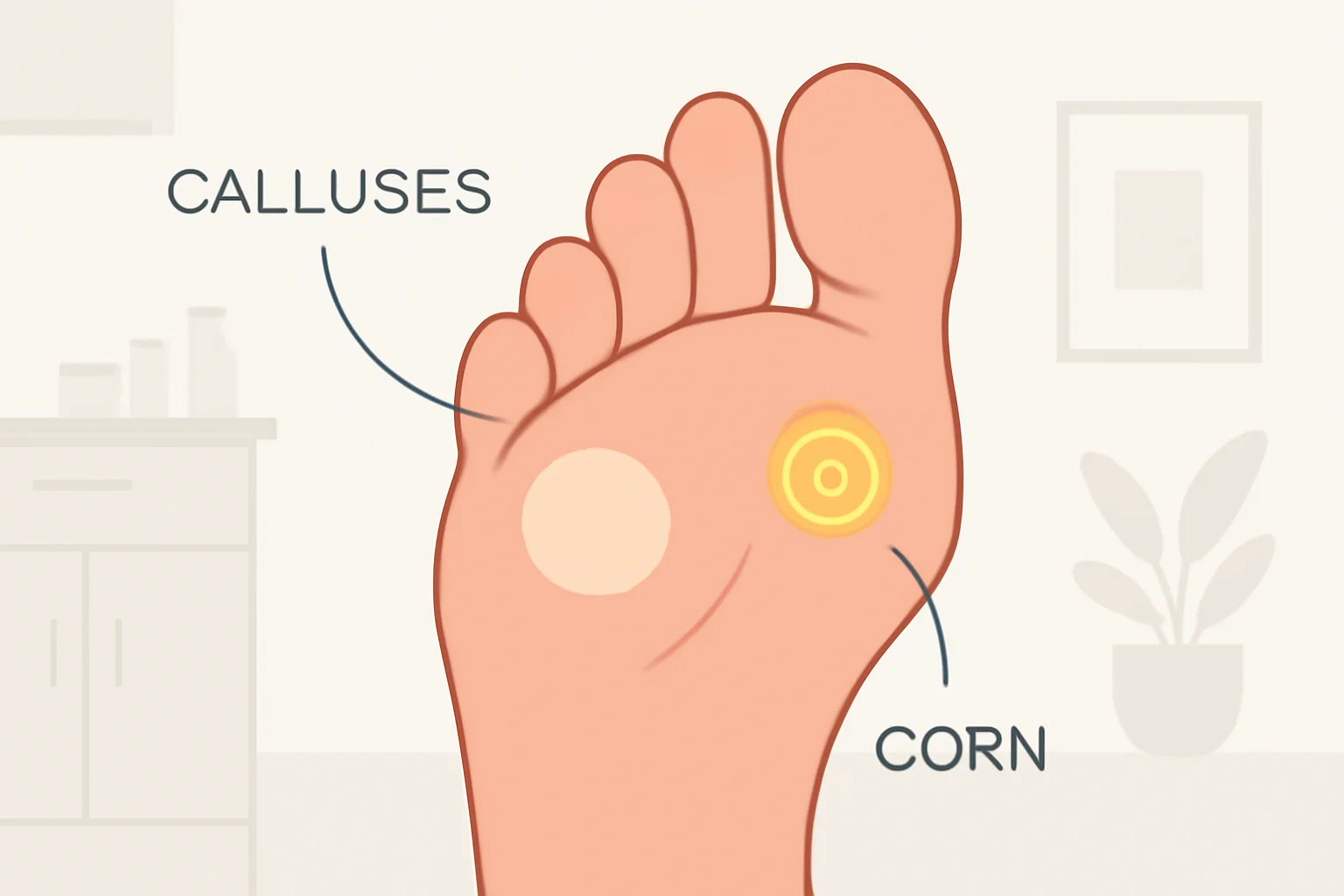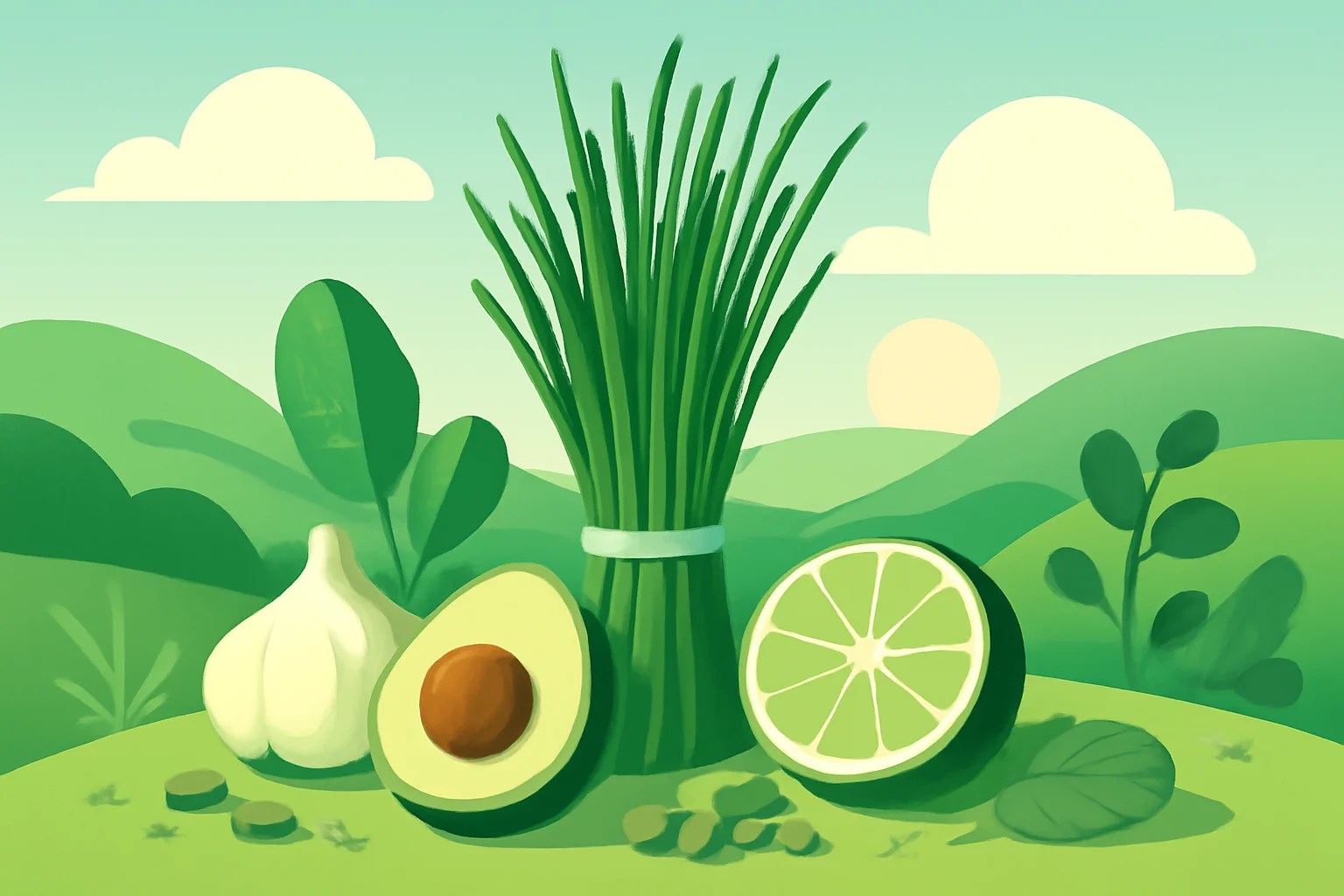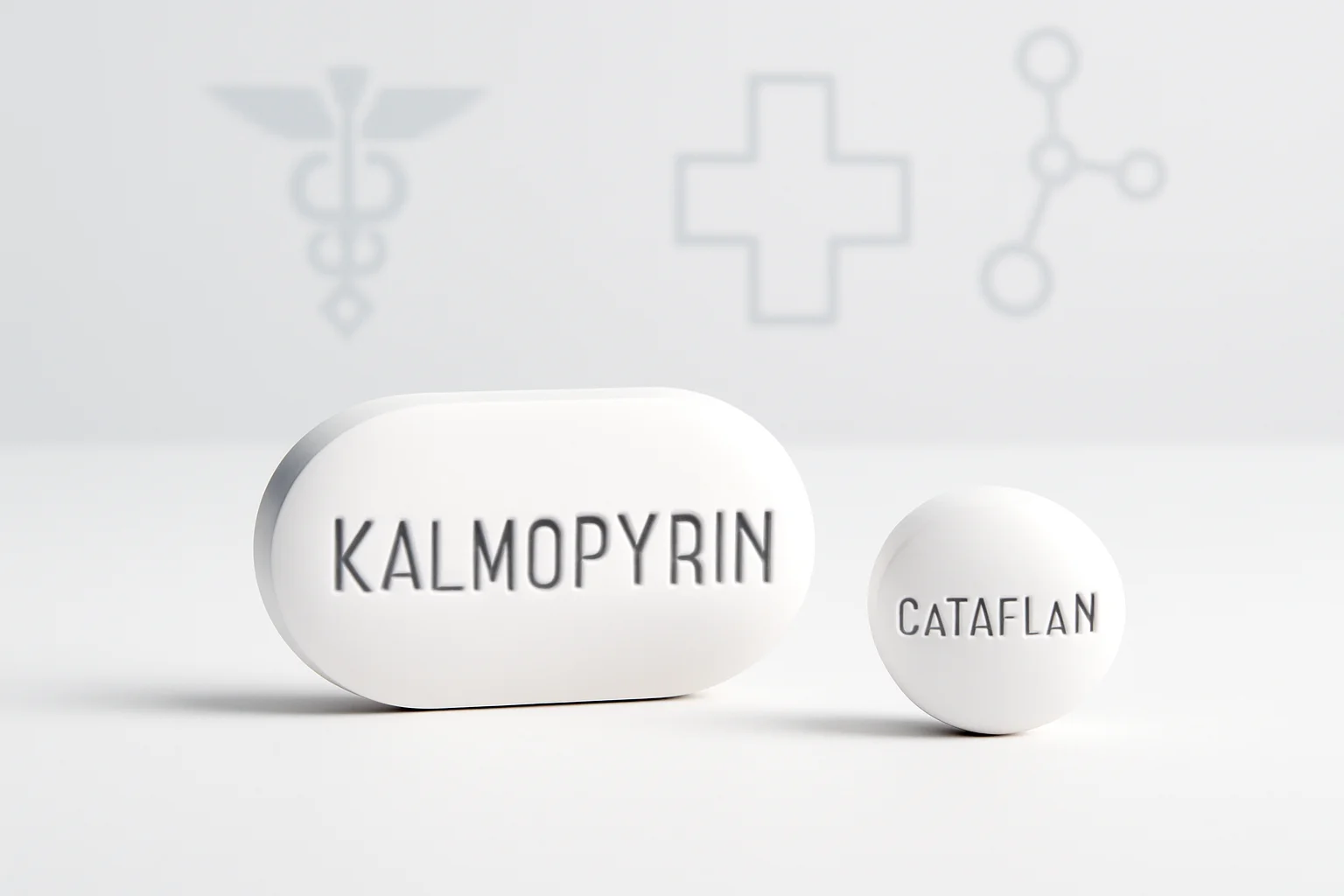
Corn and Calluses: Causes, Symptoms, and Effective Treatments
A corn and callus are two common skin problems that affect many people’s lives. These conditions are particularly frequent on the feet, especially on the soles and toes, and can often cause painful sensations. A corn is typically a small, raised area of skin that develops as a protective response of the skin, while a callus is a thickening of the skin that also results from continuous irritation or friction.
These problems are not only aesthetically bothersome but also functionally impact walking and daily activities. Wearing improper footwear, the anatomical characteristics of the foot, or even genetic predisposition can contribute to their development. In many cases, changing to appropriate footwear, foot care, and hygiene habits can help prevent the formation of corns and calluses. Additionally, various home remedies and treatment methods are available to help manage existing issues.
Below, we will take a closer look at the differences between corns and calluses, as well as possible treatment options.
What is a corn?
A corn, medically known as heloma, is a hardened area of skin that develops as a protective response of the skin surface. It typically appears on the toes, particularly between the little toe and the fourth toe, as well as on the sole. The appearance of a corn is often caused by continuous rubbing or pressure on the foot, which can result from ill-fitting shoes, high-heeled footwear, or even specific loads due to the foot’s anatomy.
Corns are generally round, with a hard core in the center, which causes the painful sensation. The skin in this area thickens, and painful symptoms can arise due to pressure. The pain may worsen while walking, making daily activities difficult.
Treatment for corns usually begins with eliminating the underlying causes. If the problem arises from shoes, it is advisable to choose more comfortable, better-fitting footwear. Additionally, foot care, such as moisturizing the skin and regular pedicures, can also help prevent the formation of corns.
If a corn has already developed, various home remedies, such as foot baths or corn removal pads, may be beneficial. However, it is important not to attempt to remove the corn yourself, as this can lead to infections. If pain or irritation persists, it is advisable to consult a doctor who can recommend appropriate treatment.
Callus: causes and treatment options
A callus, also known as hyperkeratosis, is a thicker, hardened area of skin that appears as a protective response of the skin. It generally develops on the feet, on the soles and toes, but can also occur on other body parts where the skin is continuously rubbed or subjected to pressure. Several factors can contribute to the formation of calluses, such as wearing improper footwear, anatomical characteristics of the foot, or excessive load.
Calluses are usually painless, but if pressure or friction continues, they can become painful. These skin problems often appear on the arch of the foot, the heel, or the toes, and their appearance can also pose an aesthetic issue for patients.
Treatment for calluses generally focuses on prevention. Wearing appropriate footwear, foot care, and regular pedicures can help prevent the formation of calluses. Additionally, using moisturizing creams can improve the condition of the skin and reduce the appearance of hardening.
If a callus has already formed, various treatment options are available. Home remedies, such as foot baths and the use of pumice stones, can help soften the skin and remove the hardening. However, if the problem persists, it is advisable to consult a doctor who can recommend more professional treatment methods.
Differences between corn and callus
Although corns and calluses are similar in many ways, several differences can be observed between them. A corn is typically smaller, has sharper edges, and has a hard core in the center, while a callus generally forms a larger, flatter area on the skin. Corns are usually more painful since the central part is under pressure, whereas calluses are generally painless until they are irritated.
Corns typically develop due to rubbing, while calluses are more the result of long-term pressure. Corns often appear between the toes, while calluses occur on various parts of the sole, such as the heel or the arch.
Their treatment can also differ. While the main goal for corns is pain relief and eliminating the underlying cause, the focus for calluses is on softening the skin and reducing thickening. Prevention is crucial in both cases, as wearing appropriate footwear and foot care can help avoid these problems.
Prevention and home remedies
To prevent corns and calluses, it is important to pay attention to wearing appropriate footwear. Wearing comfortable, well-fitting shoes can help reduce friction and pressure on the feet, thus preventing the formation of skin problems. It is also advised to avoid high-heeled shoes and tight footwear.
Daily foot care is essential. Keeping the feet clean, moisturizing the skin, and having regular pedicures can help maintain the health of the skin. Foot baths, especially with salt and oil, can also help soften the skin and remove excess skin.
Among home remedies, using a pumice stone is a popular method for removing calluses. Gently rubbing the damp pumice stone can help remove hardened skin, aiding in skin regeneration. For corns, using corn removal pads can also be helpful, as they care for the skin and assist in corn removal.
It is important to consult a doctor if pain or irritation does not subside, who can recommend more professional treatment.
**Warning:** This article does not constitute medical advice. Always consult a doctor for health problems!

